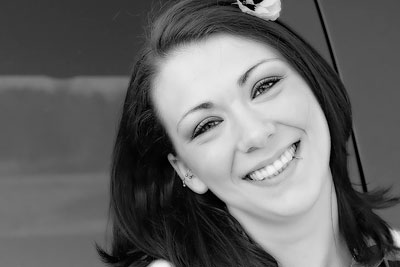Rapid Braces in Brookline provides expert Boston dental care to patients throughout the area. The main goal at Rapid Braces is to give patients perfect smiles that they can feel confident to show off to the world. Dr. Georgaklis likes to use a gentle dental treatment approach that is designed to meet each patients unique needs. The staff at Rapid Braces knows that your time is valuable and works to be as efficient as possible to minimize the amount of time that you need to be in the office. A healthy mouth starts with high-quality dental treatment.
We offer a number of different Boston general dentistry services at the Rapid Braces Brookline office. Our expert Boston dental treatment usually starts with a cleaning. At this initial meeting we can see the exact condition your mouth is in and put together a dental plan that will be best for you moving forward. Dental treatment in Boston can get expensive and we strive to offer treatment plans that will keep you healthy and keep money in your pocket. Rapid Braces will never recommend a complex dental procedure when a simpler one to get the same results.

The entire staff at Rapid Braces makes it their goal to give patients the healthiest possible mouth. Keeping your mouth and teeth clean is incredibly important to your overall health. Our office offers a number of cutting edge Boston dental services so we can meet all of our patients’ needs. After your initial dental examination we will address any urgent issues first and then work to create a plan that will give you a healthy mouth for life. Rapid Braces aims to create Boston dental treatment plans that are suitable for each individual and get fantastic results.
A comprehensive dental cleaning is only the start of treatment at Rapid Braces. There are a number of other dental services available to give patients perfect smile as well. We offer state of the art care in esthetic composite fillings, root canals, lifelike dental crowns and deep scalings. Dr. G. has run Boston’s best dental practice for almost 25 years and has given countless patients perfect teeth and healthy mouths. Call today to schedule your initial dental examination and get started with Boston’s best dental care.

